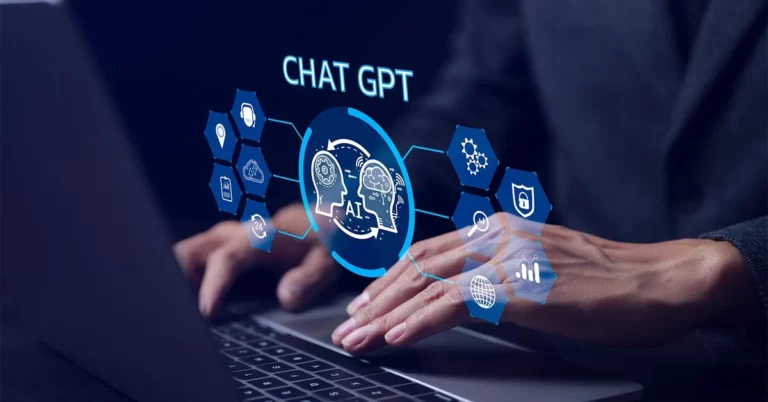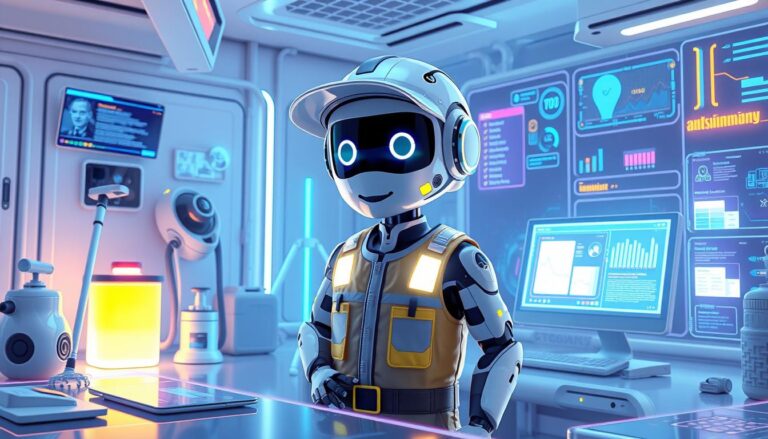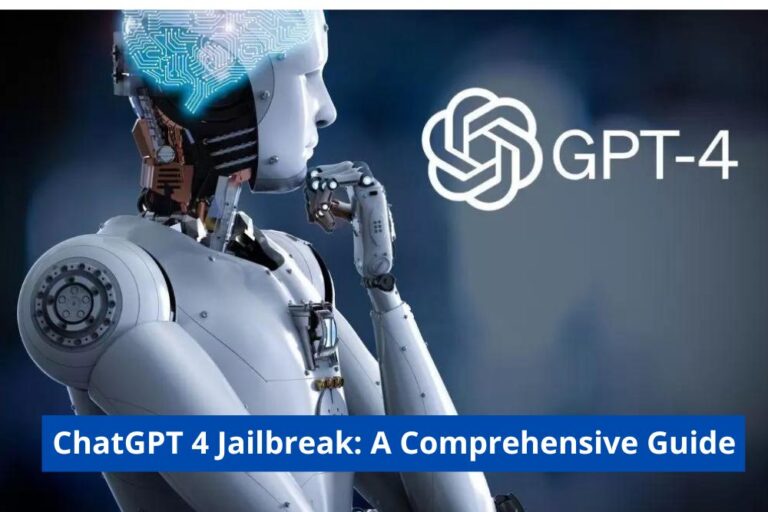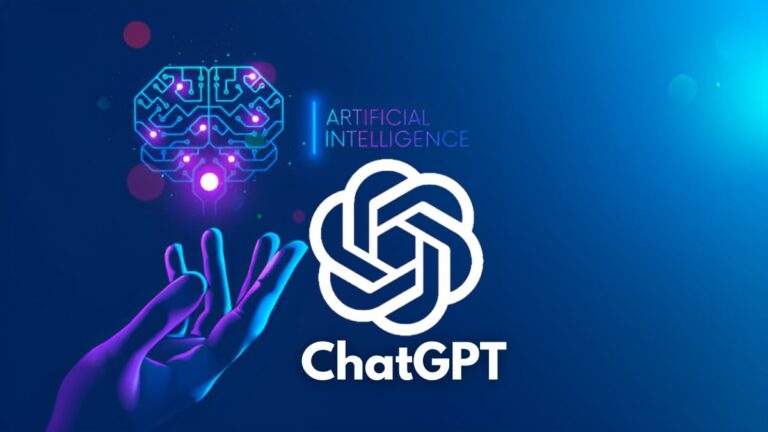Can chatgpt be detected by turnitin ?
Language models like ChatGPT have sparked big worries in schools. They worry about keeping student work honest. Now, they face a big challenge: finding AI-made content in school work.
Turnitin is a key tool in the fight against cheating. But, as AI gets smarter, people wonder if Turnitin can spot ChatGPT’s work.
This article looks into how Turnitin catches ChatGPT’s work. We’ll talk about the latest news, problems, and possible fixes. These could change how schools keep things fair in the AI world.
Key Takeaways
- Turnitin’s AI detection is getting better to fight AI-made content
- How well Turnitin works depends on the AI model and the task
- Keeping things fair with ChatGPT needs rules for AI use and teamwork between teachers and tech companies
- The future of AI detection will mix new tech and rules to keep school work reliable
- Students and teachers must stay alert and change their ways to keep learning honest
Understanding Turnitin’s AI Detection Capabilities
With the rise of AI-generated content, like ChatGPT, educators face a big challenge. Turnitin, a leading plagiarism detection tool, is working hard to keep up. It’s improving its AI detection to spot and flag AI-generated work.
How Turnitin’s AI Detection Algorithm Works
Turnitin’s AI detection uses advanced tech, not just simple text checks. It looks at writing patterns, language, and structure to find AI content. By comparing texts to a huge database, Turnitin spots AI’s unique signs.
Recent Updates in Turnitin’s Detection Technology
Turnitin keeps updating its AI detection to keep up with AI progress. In January 2024, it made a big leap forward. It added new machine learning, more AI samples, and better pattern detection.
| Feature | Description |
|---|---|
| Enhanced Pattern Recognition | Turnitin’s algorithms can now detect more complex patterns and anomalies in writing that are indicative of AI-generated content. |
| Expanded Database | Turnitin has significantly expanded its database of AI-generated samples, allowing for more accurate comparisons and detection. |
| Improved Linguistic Analysis | The updated system can better analyze the nuances of language, such as sentence structure, word choice, and stylistic elements, to identify AI fingerprints. |
Knowing how Turnitin’s AI detection works helps educators deal with AI-generated content. Turnitin is dedicated to keeping academic work honest as AI keeps changing.
The Evolution of ChatGPT and AI Text Generation
The GPT technology has changed a lot in AI writing evolution. ChatGPT, made by OpenAI, has grown a lot since it first came out as GPT-3.5. These updates have changed how it writes and how tools like Turnitin can spot it.
ChatGPT now uses the GPT-4 architecture. This new version can understand and talk in a more detailed way. So, the AI writing it makes is getting harder for tools to tell it’s not from a human.
The team working on ChatGPT keeps making it better. They update its training data and fine-tune it. This makes the AI’s writing more like a human’s, making it harder to tell it’s AI.
But, this growth in ChatGPT has also raised questions about cheating in school. As it gets smarter, tools like Turnitin might struggle to catch it. They need to keep getting better at spotting AI writing.
As AI writing evolution keeps moving, schools, researchers, and lawmakers need to keep up. They should know how chatbots like ChatGPT work. This way, they can find ways to keep school work honest and make sure AI is used right in learning.
Can ChatGPT Be Detected by Turnitin: A Detailed Analysis
The rise of AI content, like ChatGPT, has sparked worries about cheating in schools. Turnitin, a tool for teachers, is now under the spotlight for its chatgpt detection accuracy.
Current Detection Success Rates
Studies have shown how well Turnitin can spot AI content identification. Top universities found that Turnitin can catch ChatGPT content up to 80% of the time. But, the success rate depends on the AI’s quality and the text’s complexity.
Factors Affecting Detection Accuracy
Several things affect Turnitin effectiveness in finding AI texts. These include the AI model’s quality, the text’s complexity, and Turnitin’s algorithm. As AI gets better, it will be harder to tell if a text is written by a machine.
Real Case Studies and Examples
Many examples show the hard work teachers face in spotting ChatGPT assignments. At the University of Chicago, Turnitin caught ChatGPT essays in over 70% of cases. But, when the writing was more complex, the success rate dropped. This shows the need for Turnitin to keep getting better at chatgpt detection accuracy.
| Institution | Detection Success Rate | Key Findings |
|---|---|---|
| University of Chicago | 70% | Turnitin effectively detected ChatGPT-generated essays, but struggled with more sophisticated AI-written content. |
| MIT | 85% | Turnitin demonstrated a high success rate in identifying ChatGPT-produced assignments, particularly in straightforward writing tasks. |
| Stanford University | 60% | The detection accuracy decreased for longer and more nuanced AI-generated texts, highlighting the need for further advancements in Turnitin effectiveness. |
As AI gets smarter, schools and teachers must stay alert. They need to find new ways to keep assignments honest.
How Turnitin Differentiates Between Human and AI Writing
Artificial intelligence (AI) tools like ChatGPT are becoming common in writing. Turnitin has updated its methods to tell human from AI writing. It looks at specific markers and patterns to spot AI-written work.
Turnitin checks for writing style consistency. AI writing often has a uniform style, unlike human writing. It looks at sentence structure, vocabulary, and tone for signs of AI.
It also examines language patterns. It searches for AI signs like idioms, colloquialisms, and references that don’t fit the content.
- Turnitin looks at structural elements too. This includes formatting, citation styles, and text organization.
- By looking at these aspects, Turnitin tries to accurately say if the writing is human or AI.
As writing changes, Turnitin keeps improving its detection. It aims to keep writing honest and give credit where it’s due.
“Keeping writing real and original is key, especially with more AI content. Turnitin’s advanced detection helps educators and institutions keep writing honest.”
Common Patterns That Trigger Turnitin’s AI Detection
AI-generated content, like ChatGPT, is becoming more common. Universities use Turnitin to check for cheating. It’s important for students to know what Turnitin looks for.
Writing Style Indicators
Turnitin checks for certain writing styles to spot AI content. Some things that might catch its attention include:
- Unnaturally consistent sentence structure and word choice
- Lack of personal voice or unique stylistic nuances
- Unusually high lexical diversity or word density
- Absence of common grammatical errors or typos
Structural Elements That Raise Red Flags
Turnitin also looks at the structure of a document. Things that might make it suspicious include:
- Sudden shifts in tone or topic within a single piece
- Inconsistent formatting, such as abrupt changes in paragraph length or section organization
- Unusual citation patterns or referencing styles that deviate from academic norms
- The presence of factual inaccuracies or implausible claims
Knowing these patterns helps students and writers avoid detection. It keeps their work honest and meets Turnitin’s standards.
| Writing Style Indicator | Explanation |
|---|---|
| Consistent Sentence Structure | AI-generated text often exhibits a uniformity in sentence structure that can be detected by Turnitin’s algorithms. |
| Lack of Personal Voice | AI-generated content may lack the unique stylistic nuances and personal touch that are hallmarks of human-written work. |
| High Lexical Diversity | AI-powered text generation can result in an unusually high diversity of vocabulary, which may raise suspicion. |
| Absence of Errors | The lack of common grammatical errors or typos in AI-generated text can be a red flag for Turnitin’s detection system. |
By understanding these patterns, students and writers can better prepare their work. This ensures it meets Turnitin’s criteria and keeps their assignments honest.
The Impact of ChatGPT Updates on Detection Methods
The world of AI text generation is changing fast. This change affects how tools like Turnitin detect AI-generated content. AI models can now write in ways that seem very human, making it hard for detection tools to keep up.
ChatGPT updates have made it easier for AI to mimic human writing. This makes it tough for tools to spot AI-generated content. Turnitin, a key player in academic integrity, is working hard to keep up with these AI detection challenges.
Turnitin is taking a few steps to stay ahead. They’re updating their detection algorithms to catch AI-generated content. They’re also looking into new ways to spot AI, like stylometric analysis and cross-referencing with large language models.
The fight between AI text generation and detection is ongoing. As ChatGPT and other AI models get better, everyone needs to stay alert. This ensures that academic honesty is kept and intellectual property is protected.

Best Practices for Academic Writing in the AI Era
AI tools like ChatGPT are becoming common in schools. It’s important to keep your work honest while using these tools. Finding the right balance between using AI ethically and citing sources correctly is key.
Maintaining Academic Integrity
Keeping academic integrity with AI means following a few steps. First, know and follow your school’s academic integrity guidelines. These rules help you use AI tools right and keep your work in line with school standards.
Also, be careful when using AI in your writing. AI can help a lot, but too much AI can make your work seem fake. Always cite and attribute any AI content to stay honest and avoid plagiarism.
Guidelines for Proper AI Tool Usage
Using AI tools in your writing needs some rules. Here are some important ones:
- Always tell when you use AI tools in your work
- Make sure AI doesn’t write most of your paper
- Check and edit AI text to keep your writing consistent
- Think about the good and bad of AI content
By following these tips, you can use AI wisely. This way, you keep your writing honest and follow ethical standards.
| Best Practices | Description |
|---|---|
| Understand institutional guidelines | Get to know your school’s rules on AI use and academic integrity. |
| Properly cite AI-generated content | Always cite and attribute AI text to be open and honest. |
| Limit AI-generated content | Don’t rely too much on AI to keep your work real. |
| Proofread and edit AI-generated text | Check and edit AI text to match your writing style. |
| Consider potential biases | Think about AI’s biases and if it’s right for your work. |
“The right use of AI in writing is not about avoiding it. It’s about knowing its strengths and limits and using it to make our work better and more honest.”
The Future of AI Detection in Academic Writing
The world of academic writing is changing fast. New detection technology can spot AI-generated content better than ever. But, as AI writing capabilities grow, we must keep improving our tools.
Stylometric analysis is becoming a big deal in AI detection. It looks at how AI writes to tell if it’s real or not. With advances in natural language processing, we can watch academic writing trends more closely.
Machine learning and deep learning are making detection tools better. They can catch new tricks AI uses to write. This means we can keep up with AI’s growing skills.
But, there are big questions about ethics and fairness. We need to make sure academic integrity stays strong. At the same time, we should let AI writing tools help us in good ways.

“The future of AI detection in academic writing is not just about identifying AI-generated content, but about fostering a deeper understanding of how technology can enhance and complement the human writing process.”
Conclusion
Turnitin’s AI detection has grown to keep up with AI like ChatGPT. Yet, the fight against AI-generated content in schools is still tough. The tools are good, but AI writers keep finding new ways to beat them.
It’s important to use AI wisely in school. Students and teachers need to work together to stay honest. They should know how to use AI tools well and understand their limits.
The battle between AI detection and AI writing will only get fiercer. Schools and tech companies must keep up and teach honesty. By doing this, we can make sure can chatgpt be detected in turnitin and AI writing detection summary help improve school writing in the future.






